What is a Cap Rate in Commercial Real Estate Investing?
What is Cap Rate? Photo by Towfiqu barbhuiya
Metrics are vital when assessing commercial real estate (CRE) deals. They offer valuable insights into the financial soundness of an investment and guide informed decision-making.
One of the foundational metrics is the capitalization rate, commonly known as 'cap rate.' These metrics include Operating Expense Ratio (OpEx), Stabilized Cap Rate, Cap Rate at Stabilization, Terminal Cap Rate, and Return on Cost. Together, they provide a comprehensive grasp of a commercial real estate investment’s performance and value.
What is a Cap Rate, Really?
At the heart of every commercial real estate investment analysis is the Capitalization Rate or Cap Rate. This metric calculates the return rate of an investment based on a property's first-year cash flow projection, assuming a cash purchase without debt. It's derived by dividing Net Operating Income (NOI) by the purchase price, serving as a foundational indicator of investment potential. For example, with an NOI of $260,000 and a purchase price of $3 million, the Cap Rate is 8.67%.
How Are Cap Rates Related to Commercial Real Estate Pricing?
Cap Rates inversely correlate with purchase prices – a lower Cap Rate corresponds to a higher purchase price and vice versa. This reciprocal connection highlights their crucial role in investment valuation.
Cap Rate Compression and Cap Rate Expansion are essential dynamics in the commercial real estate market. When investors mention "cap rates are compressing," they mean buyers are willing to pay more for the same property income, often signaling rising property prices. Conversely, cap rate expansion indicates declining property prices. A low cap rate suggests higher property acquisition rates but lower projected year-one cash flows.
What is Stabilized Cap Rate?
As an investment matures and attains stable occupancy and income levels, it enters a "stabilized" phase. The Stabilized Cap Rate represents the projected market cap rate applied to the property at this point, determining its current or anticipated market value.
What is Cap Rate at Stabilization?
In contrast, the Cap Rate at Stabilization predicts the projected cap rate a property will achieve at stabilization, based on its initial purchase price. This metric provides insight into the property's value in the present, considering the original purchase cost. For instance, if a property bought for $8 million is projected to achieve a $900,000 Net Operating Income (NOI) upon stabilization, the Cap Rate at Stabilization is 11.25%.
What is Terminal Cap Rate?
The Terminal Cap Rate, also known as Exit Cap, forecasts the cap rate used to estimate a property's resale value when the holding period concludes. It helps determine the potential selling price of the property. For example, if a property is projected to generate $900,000 in NOI and is expected to be sold for $15 million, employing a 6% terminal cap rate assists in the resale value calculation.
What is Return on Cost?
Return on Cost is a forward-looking cap rate. It accounts for both the costs needed to stabilize a property and the anticipated future net operating income post-stabilization. This metric provides a comprehensive view of the potential return on invested capital. For instance, if a property purchased for $15 million is expected to yield a future NOI of $1 million following a $1.5 million capital expenditure, the Return on Cost would be 6.07%.
What is Operating Expense Ratio?
Lastly, there's the Operating Expense Ratio or OpEx. It quantifies property operation costs relative to generated income. It's calculated by dividing property expenses by Gross Operating Income (GOI). For example, if a property's expenses amount to $45,000 and its GOI is $100,000, the OpEx ratio is 45%.
In the dynamic landscape of CRE investments, understanding the various types of cap rate metrics is vital for informed decision-making. Capitalization Rate, Operating Expense Ratio, Stabilized Cap Rate, Cap Rate at Stabilization, Terminal Cap Rate, and Return on Cost collectively serve as a foundation for evaluating investment opportunities and predicting property performance.
Turbine Capital specializes in commercial real estate syndication deals for pilots and other high-income w2 professionals. If you’d like to learn more about commercial real estate investing, please join our investor club.

